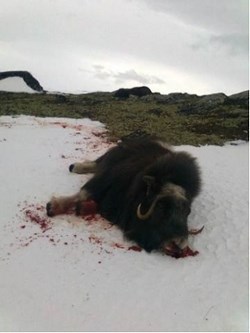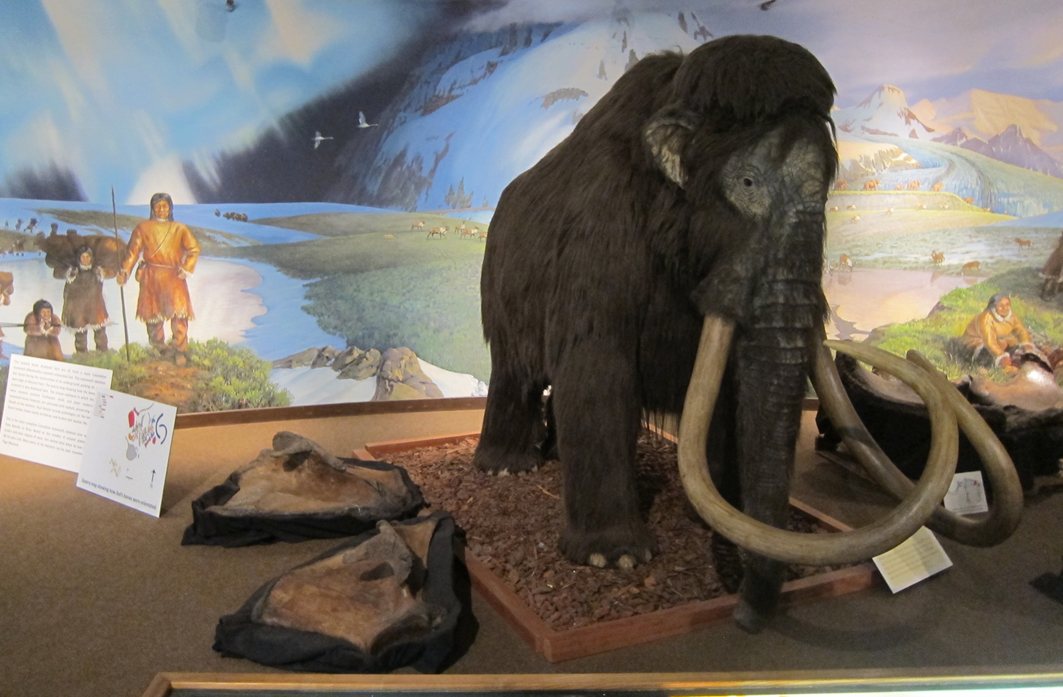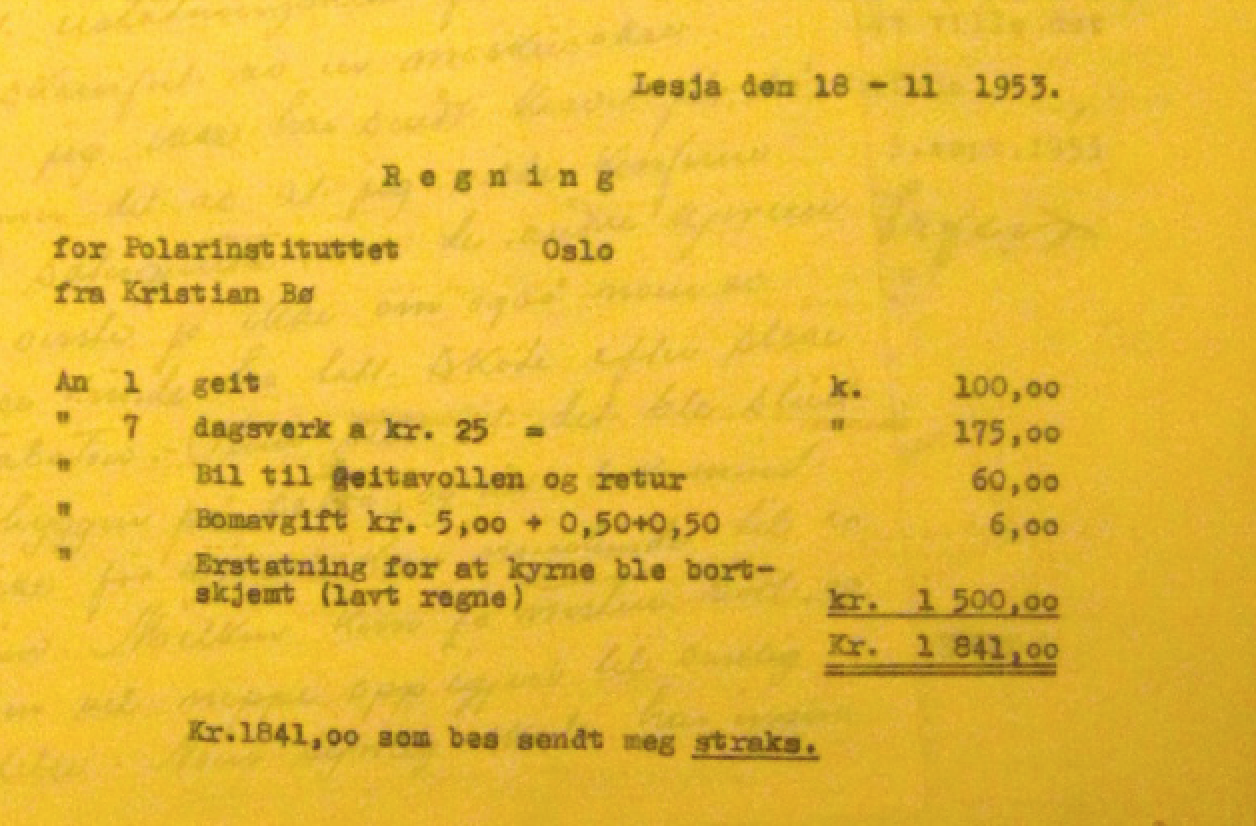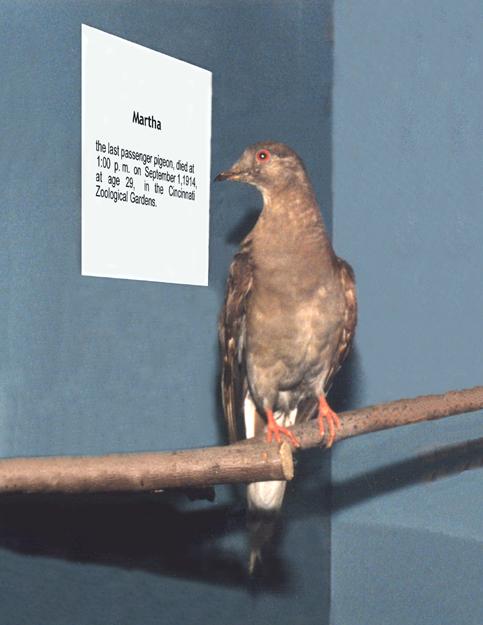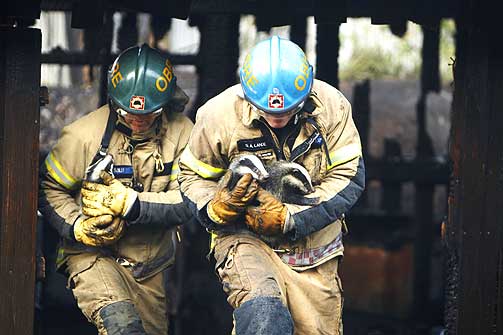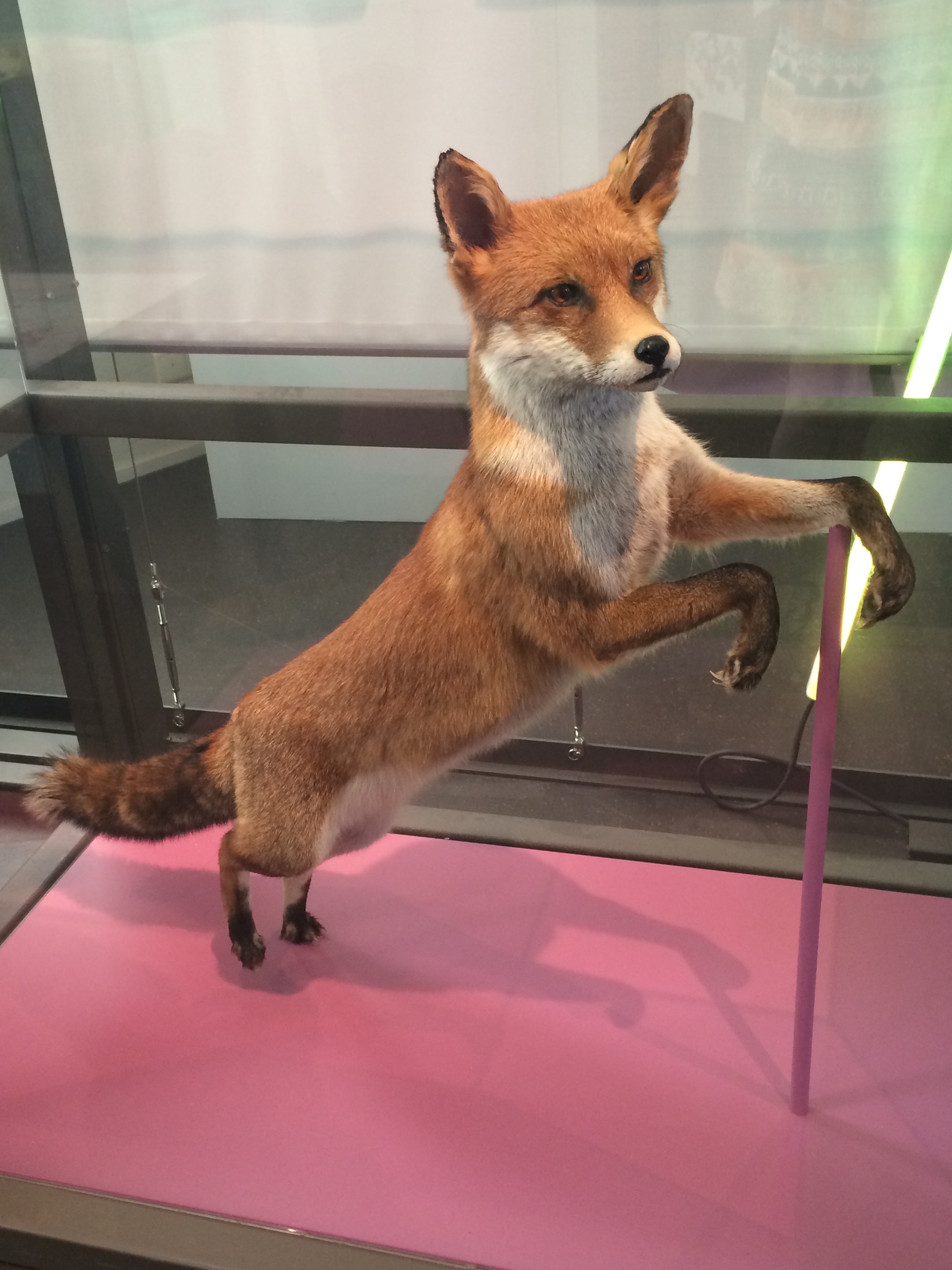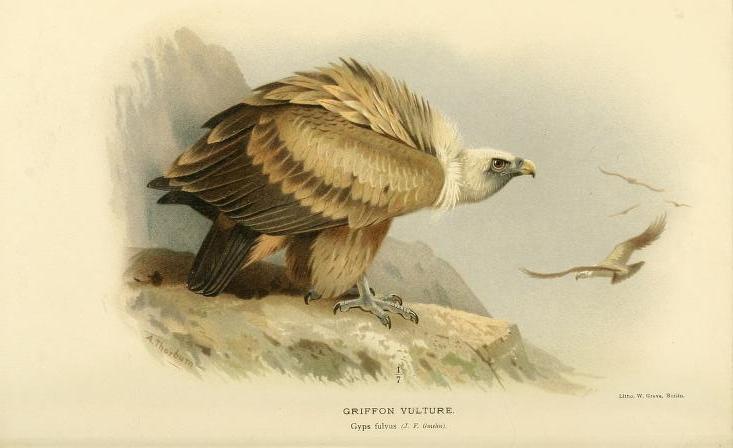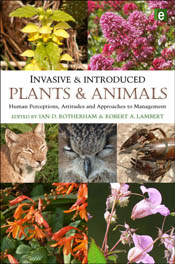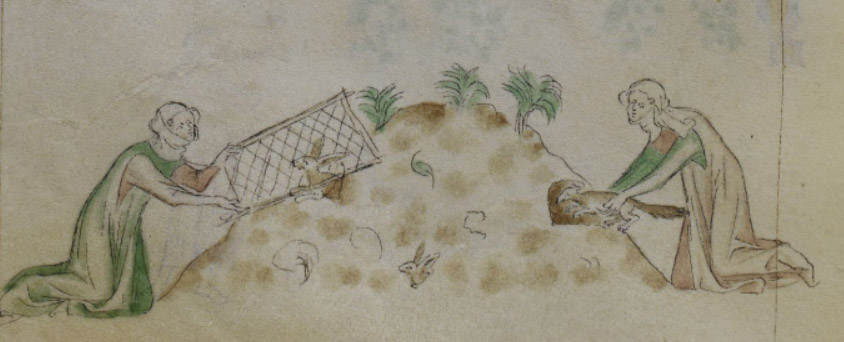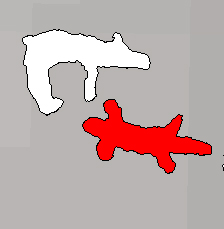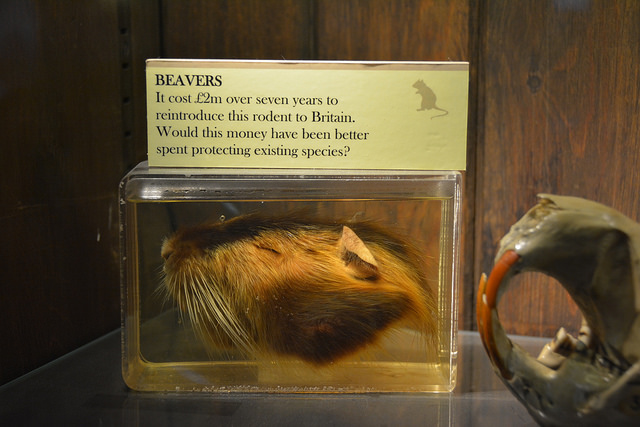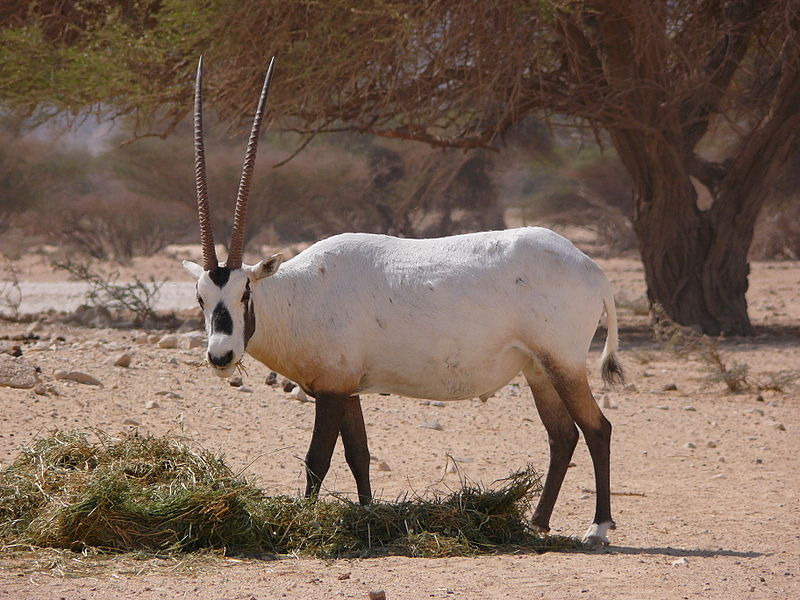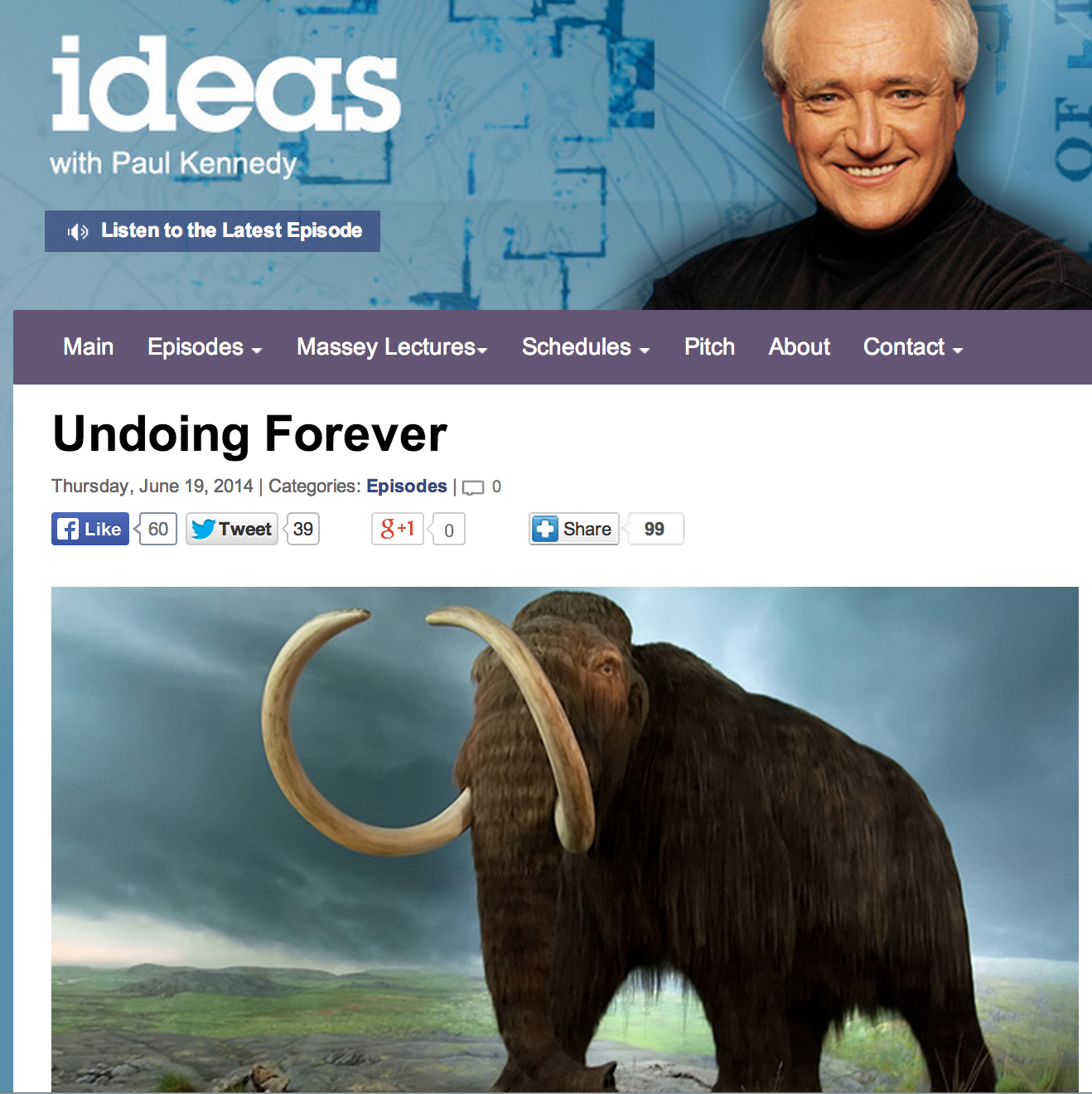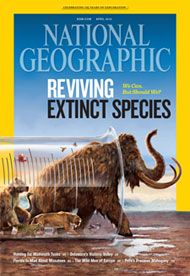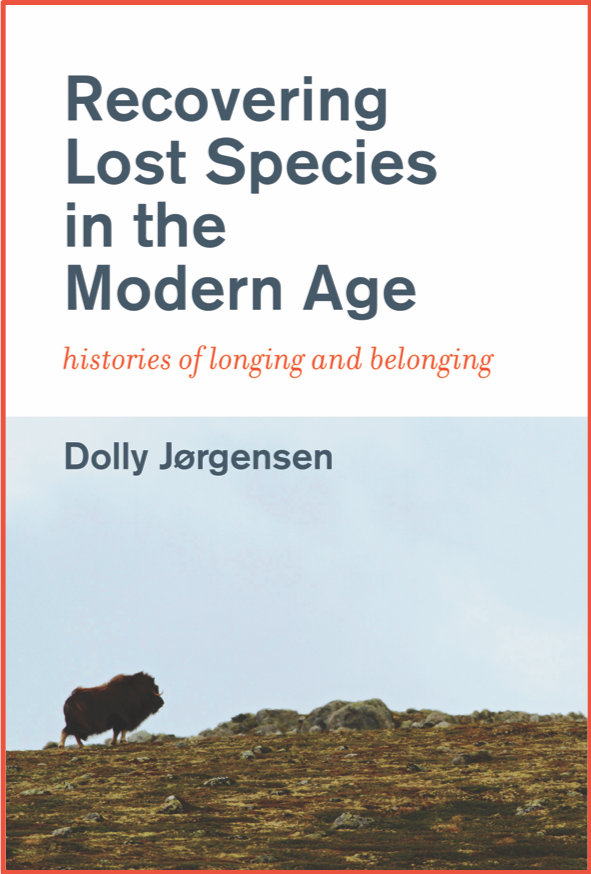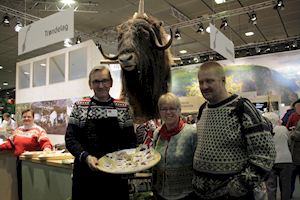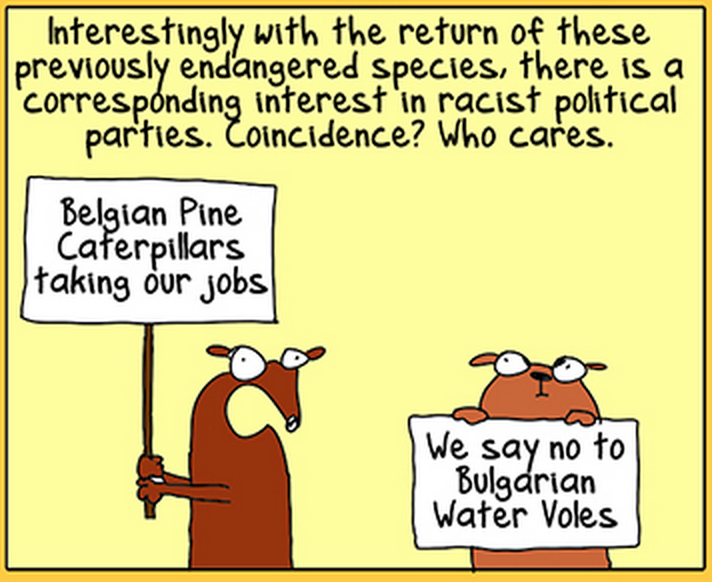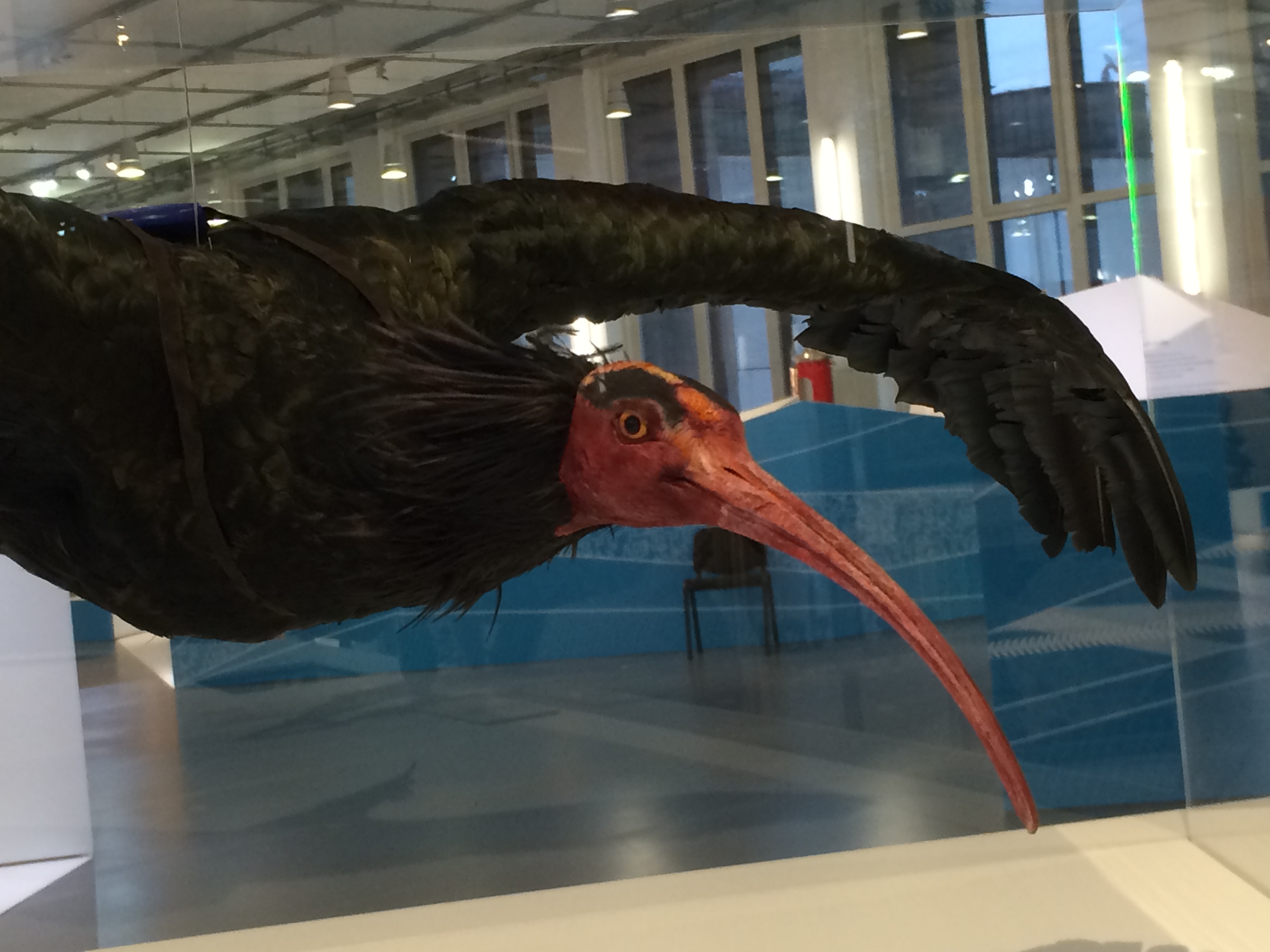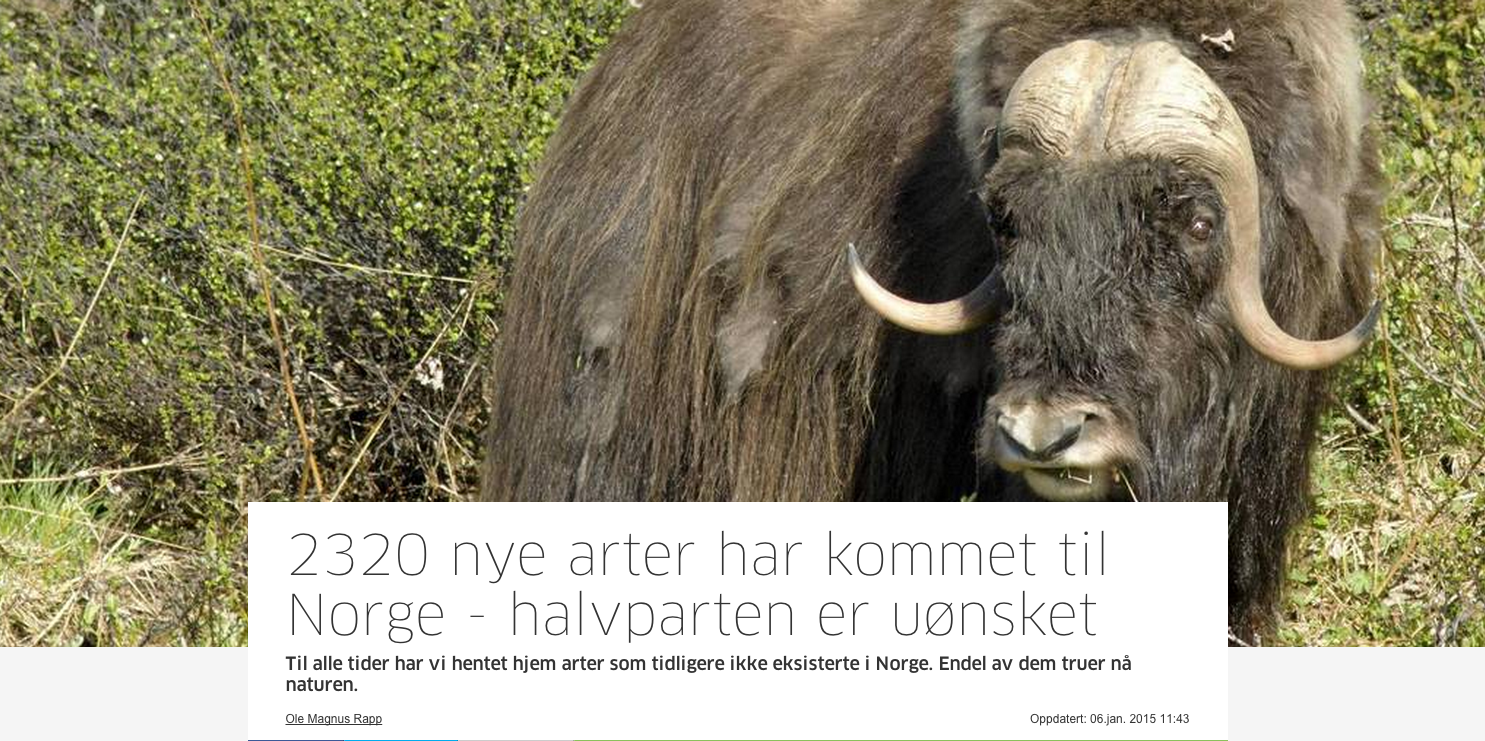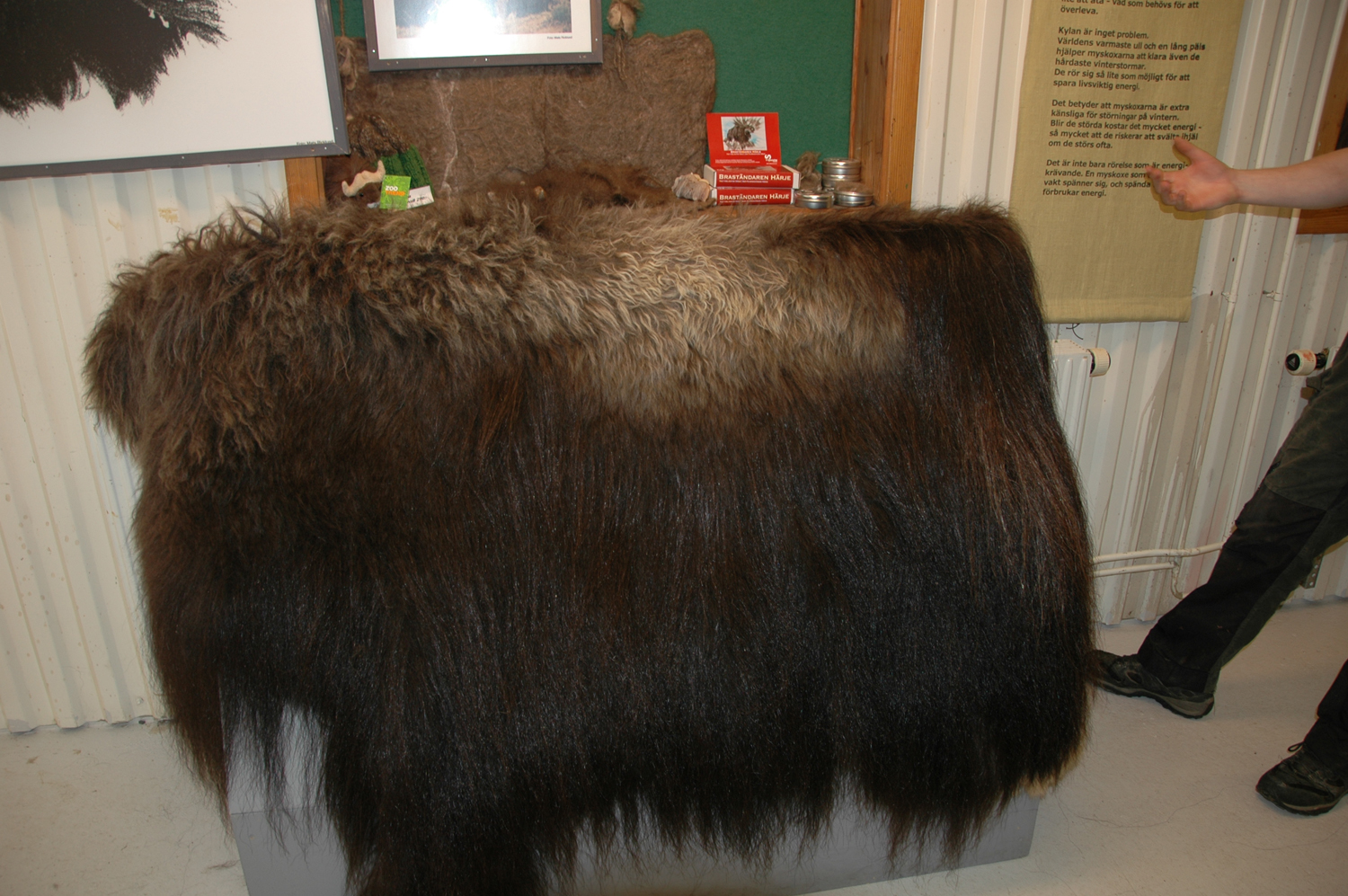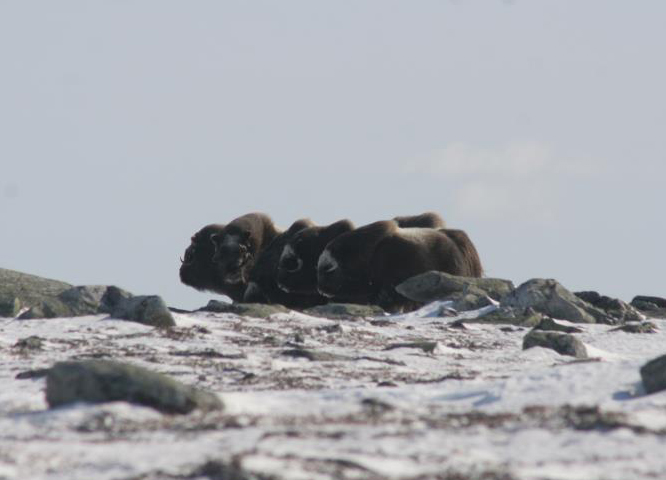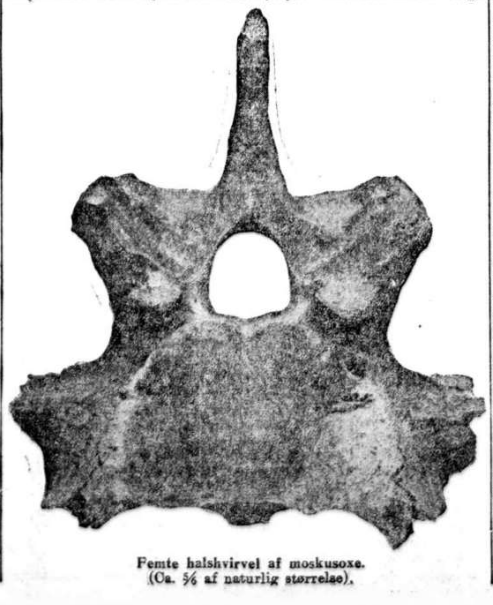news
-
Election day
It’s election day in Sweden. Elections for the parliament (Riksdag), county councils and municipal councils happen every four years, so it’s an important day in shaping the near future of Swedish society. As someone with foreign citizenship who has lived in Sweden more than 3 years, I am eligible to vote in the county and municipal elections, but not for the Riksdag. In fact, the only people who can vote in the Riksdag elections are Swedish citizens over the age of 18. It doesn’t matter how long you’ve lived in Sweden–if you’re not a citizen, you have no say in the national government. Interestingly, this is very different from who is eligible…
-
Giving names to give stories
Today is a special anniversary. On September 1, 1914, the last of a species died in captivity in the Cincinnati Zoo. As we mark the 100th year anniversary of the passing of Martha the passenger pigeon, there has been an outpouring of press coverage of the bird’s extinction. The Smithsonian has a special exhibit featuring Martha’s taxidermied remains and there are a slew of other museums having passenger pigeon exhibits. There is a film From Billions to None, a web-based project, and a brand new book A Message from Martha all dedicated to sharing the extinction story as a way promoting a sustainable future. Martha even has her own twitter account @MarthathePigeon (which is…
-
A bird in the hand
At the 2nd World Congress for Environmental History earlier this week in Guimarães, Portugal, I heard a paper by Emily Scott (Swiss Federal Institute of Technology) on the art film Raptor’s Rapture from 2012. The film juxtaposes a live griffon vulture and a flautist playing a 35,000 year old flute made from a griffon vulture bone. You can see a short clip here and listen to a bit of the flute here. Scott discussed the way that the film bridges temporalities (with a prehistoric flute played in the past now played in present and a live vulture in the same room as a bone from its ancestor) and bridges species (the vulture and human…
-
A new hope
The Smithsonian National Museum of Natural History opened a new exhibit this week ‘Once there were billions‘. The exhibit is timed to coincidence with the death of the last passenger pigeon, Martha, 100 years ago. The extinction of North American birds, notably the great auk, Carolina parakeet, and heath hen in addition to the passenger pigeon, is featured in both historical illustrations and modern artistic works. Martha herself in taxidermied form will be on display, but you can also see her in 3D from the comfort of your home. The exhibit is intended to ‘reveal the fragile connections between species and their environment’ as well as recognizing ‘the tragedy of modern extinction…
-
Lost and found
I saw an image tweeted a few weeks back about beaver reintroduction that I think is worthy of some reflection. The poster is in the genre of ‘Lost pets’ that we all recognise from posters on street lamps, bus stops, and public boards. The headline ‘LOST’ in all caps catches our attention. We recognise that the animal shown in the image has been ‘lost’. Below the picture we get information about its name, when it was last seen, what it means to the people who have lost it, and the reward. The only thing missing that we might expect on a ‘lost’ poster is a name & phone number to contact if found. (This would…
-
Connecting reintroduction and deextinction
Ever since I watched the TEDx DeExtinction event in March 2013, I’ve been thinking about how deextinction efforts need to consider the history of reintroductions if they are to be successful. I published a Viewpoint piece in Bioscience in September 2013 with some of those thoughts. Because of that publication and putting my opinions into the scholarly conversation, in the last couple of months, I’ve had the chance to talk with a couple journalists covering deextinction. The June 2014 issue of Bioscience included “Extinction is forever … or is it?” by Leslie Ogden (available OpenAccess). When I talked to Leslie, I stressed the need to consider the destination of these animals being brought back.…
-
Racoon dogs in the Anthropocene
The June/July 2014 issue of Filter, a Swedish magazine, features an extended 23-page article “Att jaga sin egen svans” about the arrival of raccoon dogs (called mårdhund in Swedish) in the country and the attempts to stop it from spreading. I had the pleasure of being interviewed for the article by the journalist Madelene Engstrand Andersson–my first interview completely in Swedish. The article discusses the Swedish program to eradicate raccoon dogs before they become permanently established in Sweden. Raccoon dogs (Nyctereutes procyonoides), a member of the Canidae family which also contains our pet dogs, are from East Asia. For a cultural reference, I can note that the rebellion group in the Japanese movie Pom Poko…
-
Reintroduction and European nationalism
The results in the EU parliamentary election aren’t yet in tonight, but early returns show a rise in right-leaning nationalistic parties like National Front in France which is going to come out with around 25% of the vote. These parties are basically anti-immigrant and anti-Europe. Could this rise in nationalism roll over to reintroduction projects? This week a group of 17 European bison (Bison bonasus) were released in Romania (see the Guardian story with video). These animals join the bison from two prior reintroductions–a herd of 5 in 2012 and 5 more in 2013. Bison have been extinct in the Carpathian mountains of Romania since 1762. They survived in the wild in…
-
Reintroduction and compensation
One of the most contentious issues with modern reintroduction efforts is compensation for damage caused by the newly returned animals. This came up this week with a heated discussion about reintroduced white-tailed eagles in Scotland that might take lambs. The eagles had died out in the late 1910s and were reintroduced beginning in 1975. Although populations have been established, there are still only about 40 breeding pairs. Inevitably discussion about eagles and their acceptability gets ugly when monetary compensation for farmers who might loose livestock to the birds of prey comes up. An official report for the Scottish government confirmed that white-tailed eagles take lambs on the Island of Mull, so recent claims about lamb…
-
Outside of the lines
This week the Norwegian Nature Inspectorate (Statens naturoppsyn, SNO) with permission of its parent entity the Norwegian Environment Agency (Miljødirektoratet) killed a herd of muskoxen. All 10 members of the herd were females (it’s not clear if some were calves), and all were put down without discrimination. So what has this herd of muskoxen done? They had crossed the line. The Miljødirektoratet has a management plan for the muskoxen in Dovre. The plan was first suggested in 1988 as a way of ensuring a viable population and to define how the spread of muskoxen would be handled. After much negotiation, the plan was finally approved in 1996, and then updated in…

